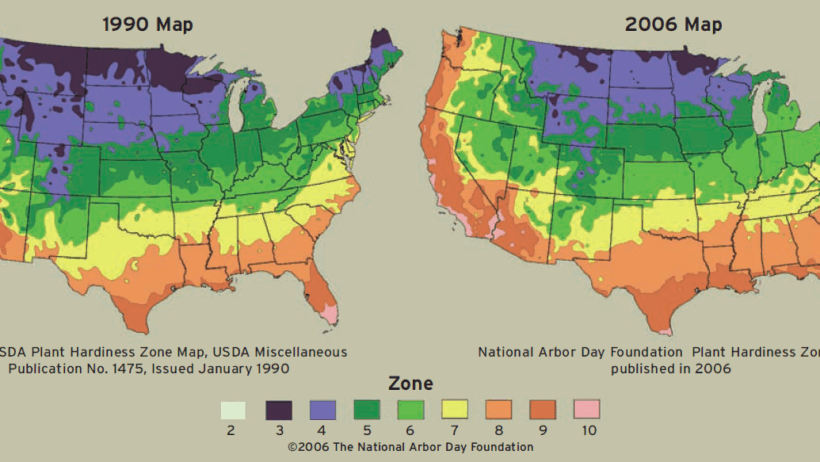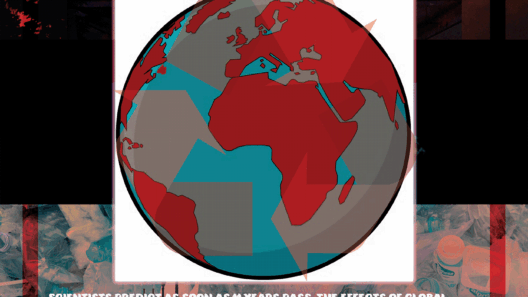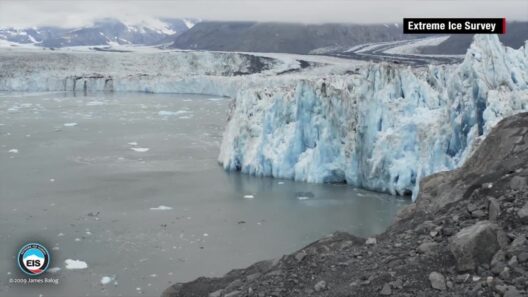Global warming stands as a monumental challenge that transcends borders, particularly impacting the Southern Hemisphere, a region rich in biodiversity and cultural heritage. This part of the globe encompasses vast landscapes, from the lush rainforests of South America to the arid deserts of Australia. As climate patterns shift, the ramifications of global warming are poised to reshape the ecological and social fabric of these areas.
The Southern Hemisphere is home to unique ecosystems, such as the Great Barrier Reef and the Amazon Rainforest. These ecosystems play a vital role in sustaining the planet’s biodiversity, acting as crucial carbon sinks and helping regulate global temperatures. However, climate change is triggering a cascade of adverse effects, including rising temperatures, erratic precipitation patterns, and extreme weather events, all of which threaten these delicate environments.
One of the most pressing concerns is the alteration of atmospheric and oceanic temperatures, which accelerates the melting of ice caps and glaciers. This phenomenon is particularly prevalent in Antarctica, where vast ice sheets are disintegrating at an alarming rate. The meltwater contributes significantly to rising sea levels, which pose existential threats to coastal regions and island nations in the Southern Hemisphere. Many of these communities depend heavily on their coastal environments for sustenance and livelihoods.
Furthermore, the warming climate is causing shifts in weather patterns. Less predictable precipitation can lead to severe droughts or catastrophic flooding, which disrupts agricultural production. Countries like Australia, already known for its extreme weather, are experiencing intensified drought cycles that threaten food security. Farmers are grappling with crop failures, while consumers face the financial burden of escalating food prices. This trend is alarming, particularly as it exacerbates economic inequalities and compromises the well-being of vulnerable populations.
In addition to affecting agriculture, changing climate conditions have profound implications for public health. Rising temperatures increase the prevalence of vector-borne diseases, such as malaria and dengue fever, which are particularly dangerous in tropical regions. As the climate warms, these diseases can expand their reach into previously unaffected areas, placing additional strain on already fragile healthcare systems and jeopardizing community health.
Ecological disruptions are another critical outcome of climate change in the Southern Hemisphere. As species struggle to adapt to rapidly changing environments, many face extinction. For instance, iconic animals like the Emperor Penguin are witnessing dwindling populations due to habitat loss and changing food availability. Biodiversity is essential for ecosystem resilience, and its decline raises alarms about the future health of both natural and human systems.
The shift in climate dynamics also alters the behavior of species, which can lead to mismatches in ecological relationships. For example, if flowers bloom earlier due to warmer temperatures, pollinators such as bees may not be present in synchrony. Such disconnects have cascading effects, jeopardizing the stability of entire ecosystems and compromising food supplies for many species, including humans.
Yet, amidst these daunting challenges, there exists a beacon of promise: the potential for innovation and resilience. The urgency of addressing climate change has galvanized countries in the Southern Hemisphere to explore sustainable practices, renewable energy solutions, and conservation efforts. Collaborations among governments, NGOs, and local communities are becoming increasingly vital in implementing adaptive measures and fostering a culture of sustainability.
Investment in renewable energy sources, such as solar, wind, and hydropower, offers new avenues for reducing dependence on fossil fuels. Australia, for instance, has emerged as a leader in the adoption of solar energy, demonstrating how a combination of policy frameworks and community initiatives can drive the transition to greener energy. The deployment of such initiatives not only mitigates climate change but also promises job creation and economic revitalization.
Moreover, reforestation and conservation projects are playing a crucial role in sequestering carbon and preserving biodiversity. Initiatives aimed at restoring degraded landscapes not only enhance environmental stability but also improve local community resilience. Engaging indigenous populations in these efforts ensures that traditional ecological knowledge is harnessed, empowering communities and fostering a sense of stewardship over natural resources.
The Southern Hemisphere’s narrative is one of both crisis and opportunity. Tackling climate change requires collective action and an unwavering commitment to sustainability. By fostering a deeper understanding of the interconnectedness of species and ecosystems, society can ignite a shift in perspective that prioritizes the health of our planet.
As climate change continues to unfold, the Southern Hemisphere stands at a pivotal crossroads. The actions taken today will indelibly shape the future of this region and the world at large. By prioritizing sustainability, investing in renewable resources, and embracing conservation efforts, there remains hope that the Southern Hemisphere can emerge as a leader in the global fight against climate change.
Ultimately, the Southern Hemisphere’s journey through the challenges of global warming is a clarion call. It prompts reflection not only on environmental stewardship but also on our collective responsibility towards future generations. The time for action is now, as the intricate planetary systems remind us of our inextricable link to the life-giving forces of our environment.







